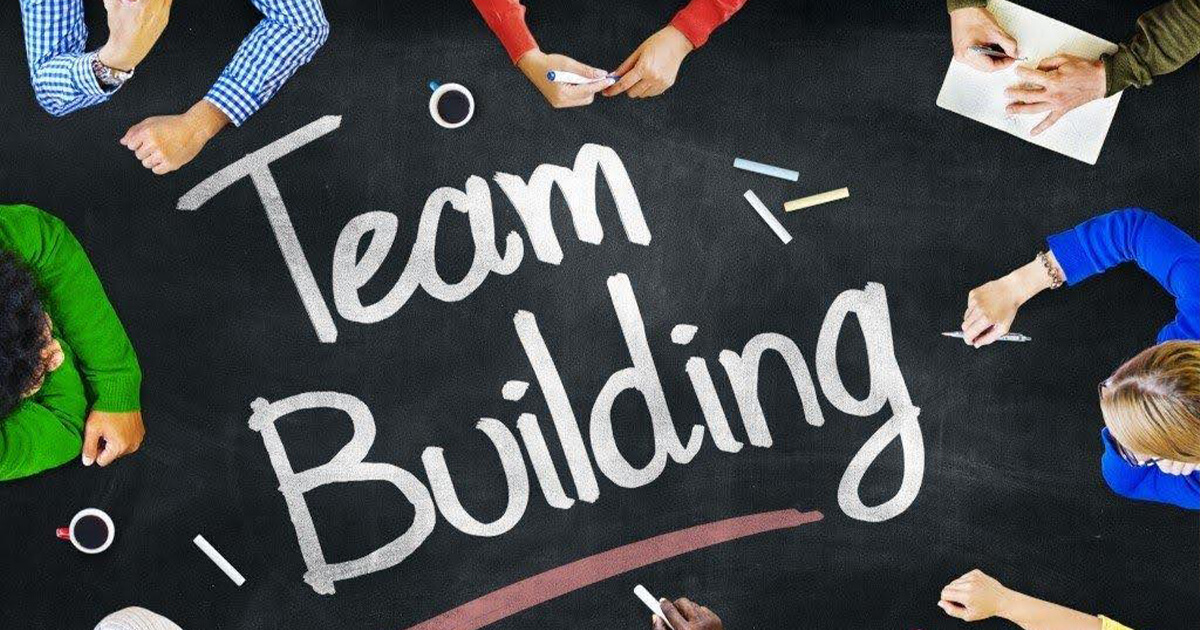
team building 戶外活動 is a critical component of a thriving workplace. It fosters collaboration, enhances communication, and strengthens relationships among employees. Whether you're managing a startup, a corporate organization, or a remote team, implementing effective team-building strategies can lead to improved performance and workplace satisfaction.
In this article, we’ll explore the importance of team building, its key benefits, and practical activities to boost teamwork and productivity.
Why Team Building Matters
Team building goes beyond fun activities; it’s a strategic effort to create a work environment that encourages cooperation, innovation, and mutual respect. When employees work well together, businesses experience improved efficiency and overall success.
Key Benefits of Team Building
-
Enhanced Communication – Strengthens workplace interactions and reduces misunderstandings.
-
Improved Collaboration – Encourages employees to leverage each other’s strengths.
-
Higher Employee Engagement – Fosters job satisfaction and motivation.
-
Greater Problem-Solving Abilities – Enhances critical thinking and teamwork.
-
Stronger Workplace Relationships – Builds trust and camaraderie among colleagues.
Effective Team-Building Strategies
1. Define Team Goals and Values
Set clear objectives for your team to align their efforts toward a shared mission. Establishing core values fosters unity and a strong sense of purpose.
2. Encourage Open Communication
Use tools like Slack, Microsoft Teams, or regular in-person meetings to facilitate transparent discussions. Open communication minimizes conflicts and promotes efficiency.
3. Promote a Positive Work Culture
Foster a culture of respect, inclusivity, and recognition. Employees who feel valued are more likely to contribute proactively and stay engaged.
4. Implement Skill Development Programs
Provide opportunities for learning and growth, such as leadership training, conflict resolution workshops, and mentorship programs.
5. Encourage Cross-Department Collaboration
Encourage employees from different teams to work together on projects. This promotes diversity of thought and problem-solving skills.
6. Organize Team-Building Activities Regularly
Integrate activities into the workplace to maintain team spirit and motivation.
Fun and Effective Team-Building Activities
1. Icebreaker Games
-
Two Truths and a Lie – Helps team members learn more about each other.
-
Speed Networking – Quick one-on-one conversations to build connections.
2. Outdoor and Adventure Activities
-
Hiking or Retreats – Strengthens teamwork in a relaxed environment.
-
Sports Tournaments – Encourages friendly competition and collaboration.
3. Problem-Solving Challenges
-
Escape Rooms – Encourages strategic thinking and teamwork.
-
Treasure Hunts – Enhances cooperation and problem-solving skills.
4. Workplace Engagement Activities
-
Lunch and Learn Sessions – Encourages knowledge sharing and bonding.
-
Volunteer Initiatives – Promotes teamwork while giving back to the community.
5. Virtual Team-Building for Remote Teams
-
Online Trivia or Game Nights – Keeps remote employees engaged.
-
Virtual Coffee Breaks – Provides informal interactions for relationship-building.
Measuring the Success of Team Building
To evaluate the effectiveness of your team-building efforts, track key metrics such as:
-
Employee Feedback – Conduct surveys to gather insights on team satisfaction.
-
Collaboration Levels – Observe how well team members work together on projects.
-
Productivity Metrics – Assess improvements in performance and efficiency.
-
Retention Rates – Lower employee turnover often indicates a positive team culture.
Conclusion
Team building is a long-term investment that yields higher productivity, stronger relationships, and a more positive workplace culture. By implementing the right strategies and activities, you can create a thriving and engaged workforce.
Call to Action
Start integrating team-building activities into your organization today and witness the transformation in team dynamics and overall workplace satisfaction!
